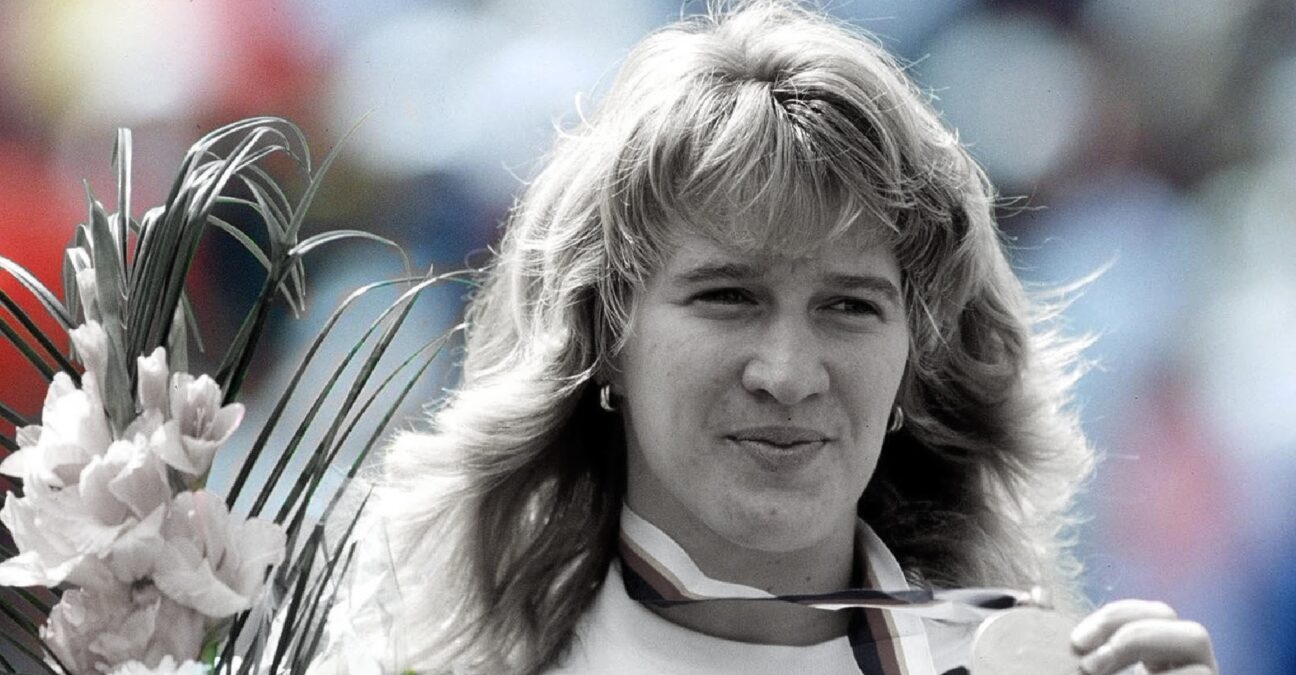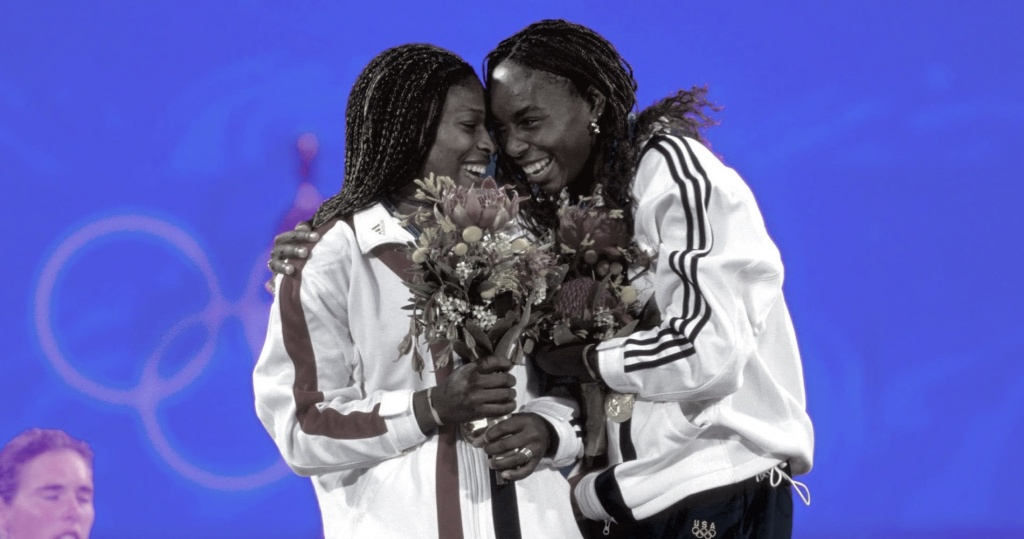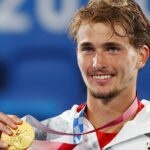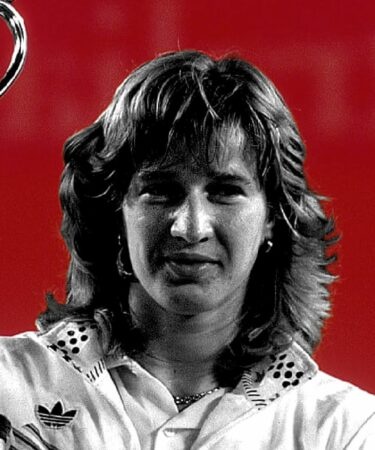May 11, 1987: The day tennis came back to the Olympics
Every day, Tennis Majors takes you back in time to relive a tennis event which happened on this specific day. On May 11, 1987, the IOC voted to reintroduce tennis at the 1988 Olympics

What exactly happened on that day:
On this day, May 11, 1987, the International Olympic Committee voted in favour of including tennis as a full medal sport at the next Olympic Games to be held in Seoul in 1988. It was a great moment for tennis, which had been absent from the Olympics since 1924. This new event in tennis would reach a wide audience. It was also a milestone for the Olympic movement. By allowing professional tennis players to compete, this vote signalled the end of amateurism at the Olympic Games.

The facts: The end of amateurism
Although tennis had been a part of the original Olympic Games since their 1896 resurrection, it had been excluded after the 1924 Olympics. In fact, the International Olympic Committee and the International Lawn Tennis Federation could not agree to define amateurism, a concept carved in stone by the Olympics. This definition was indeed complex, as the Baron Pierre de Coubertin himself, founder of the Olympic Games, had barely come to an understanding with his British colleagues. Thus, for over 60 years, tennis was not welcome at the Olympic Games.
After 30 years of silence, the two authorities renewed dialogue in 1956, at the initiative of Giorgio di Stefani, president of the ILTF. Tennis was present at the 1968 Mexico Games, as an exhibition tournament, not delivering any medals. Despite its popularity, tennis was still not allowed.

Until 1980, the main issue between tennis and Olympic officials remained the same. The IOC stood by its charter, while tennis, in the Open era, couldn’t see how to attract the audience without displaying the best players, all of them being now professional. The debate drew attention to certain hypocrisy about the amateur status, hypocrisy that tennis had faced in the years before the Open era.
Some athletes claimed they were amateurs as they didn’t receive any prize money. Actually, they got their expenses covered more than generously, and were sometimes even paid under the table, and their life was entirely dedicated to their sport, in contradiction with the idea of amateurism.
Things started to change in 1980. That year, Juan Antonio Samaranch was elected as president of the IOC, and his opinion was clear: he wanted to modernise the Olympic Games, end the hypocrisy and attract the audience by displaying the best athletes in the world. He faced a lot of resistance from inside the committee. Some conservative members were reluctant to incorporate such a professionalised sport as tennis, in which the gap between the pros and the amateurs was so big.
Nonetheless, backed by Philippe Chatrier, the president of the ITF, Samaranch insisted. At a time when it was facing structural issues, political boycott and terrorist hazard, the Olympic movement could only benefit from hosting such a popular sport. They eventually reached a compromise. Tennis would happen at the 1984 Olympics in Los Angeles; however, the competition would only be open to 32 players in each singles draw, aged 20 years or under. Most importantly, there would be no medals distributed, meaning tennis was still not part of the official sporting list.
Despite these restrictions, the 1984 “demonstration” tournament was a success, in large part due to the performance of a young German prodigy, Steffi Graf, who won the women’s event. Meanwhile, Stefan Edberg, also a future world No 1, claimed the men’s title.
The ITF then wanted the next Olympics to be open to all the professional players. To prove its understanding of the Olympic ethos, the ITF assured that players would not receive any prize money, would submit to drug tests, would not take part in any professional event less than two weeks away from the Games, would not participate in any commercials during the games, and eventually would remain at the Olympic Village. Even then, the IOC still was not keen, and the vote, initially planned at the 1986 meeting in Lausanne, was postponed to May 1987, in Istanbul.
So it was that on the 11th of May 1987, the IOC had to decide for or against the inclusion of tennis at the Olympics in Seoul. The stakes were higher than just tennis: by including all tennis players, the IOC would officially acknowledge for the first time the end of amateurism. A vast majority voted for its inclusion. After a 64-year hiatus, the 1988 Olympic Games would once more host a tennis event open to the best players in the world.
What happened next: All the biggest stars played the Olympics
129 players, representing 37 countries, would take part in the 1988 Olympic tennis tournament, and 110,000 spectators would attend it. In the women’s event, world No 1 Steffi Graf would claim the gold medal, a few weeks after achieving the Grand Slam.
In the men’s draw, in the absence of the two best players in the world, Mats Wilander and Ivan Lendl, Miloslav Mecir, from Slovakia, would stand at the top of the podium.
The Olympics would be a novelty in the world of professional tennis, and the event would evolve throughout the years, to provide the most attractive format. Depending on the year, ATP points would be distributed, or not; the initial best-of-five-set matches would become specific to the final. The women’s tournament would quickly attract the best players, whereas the Olympics would take more time to become a major event on the men’s tour. In the middle of the 2000s, the biggest stars on the tour would commit to the Olympic Games, with the participation of Roger Federer, Rafael Nadal, Novak Djokovic and Andy Murray.
On top of tennis, the Olympic Games would continue to open themselves up to professional sports, and in 1992, the presence of the American basketball Dream Team would send shockwaves through the Barcelona Games.









